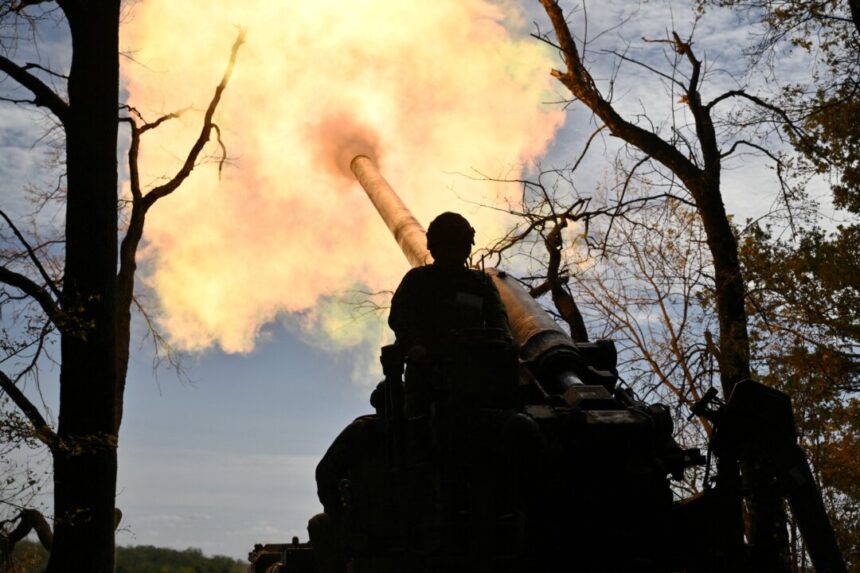Russian forces have rapidly advanced in the eastern region, seizing strategic positions in the past two months. The control of the Donbas region is a key Russian objective, and Kyiv is struggling with shortages of manpower and military equipment. Despite Russia’s progress, many Western observers do not believe a Russian victory in Ukraine is imminent. Both sides are facing challenges, with Russia making gains in Donbas but not close to winning the war, according to defense policy analysts.

1.5 Million-Man Army
Ukraine, with a population of approximately 38 million—less than one-third of Russia’s—continues to face significant manpower shortages.
President Zelenskyy stated last December that the Ukrainian military may need around 500,000 new recruits to achieve its objectives in the conflict.
In April, the age of conscription in Ukraine was lowered from 27 to 25, and a recent report by the U.S. Congressional Research Service indicated that the average age of Ukrainian soldiers is 40.
Meanwhile, Russian President Putin recently announced an increase in the size of the Russian army by 180,000 troops, bringing the total to 1.5 million active servicemen.
This marks the third expansion of the Russian army since the conflict began in early 2022.
If this increase is implemented, Russia’s army would become the second largest in the world, behind only China.
According to experts, Russia’s significant advantage in troop numbers suggests that they would likely prevail in a war of attrition, despite potential human casualties.
However, the outcome of such a conflict remains uncertain, with questions about the definition of victory and the ultimate goals of both parties.
Reports on casualty figures vary widely, with conflicting numbers provided by Ukrainian and Russian sources.
While casualty rates are difficult to verify independently, Russia’s numerical superiority indicates that Ukraine faces significant challenges in achieving victory.
Experts believe that a clear path to victory for either side is currently elusive.
Reuters contributed to this report.






